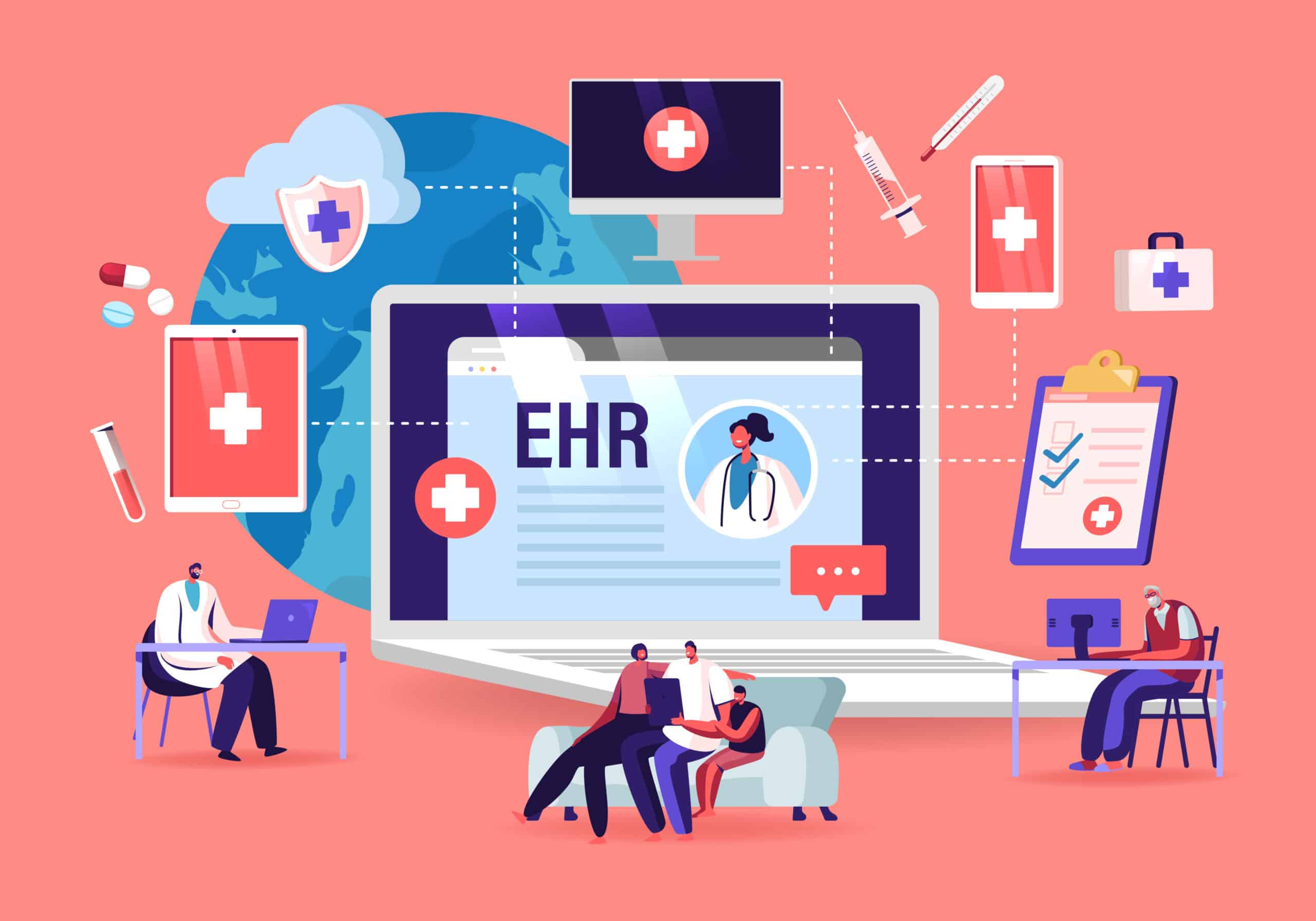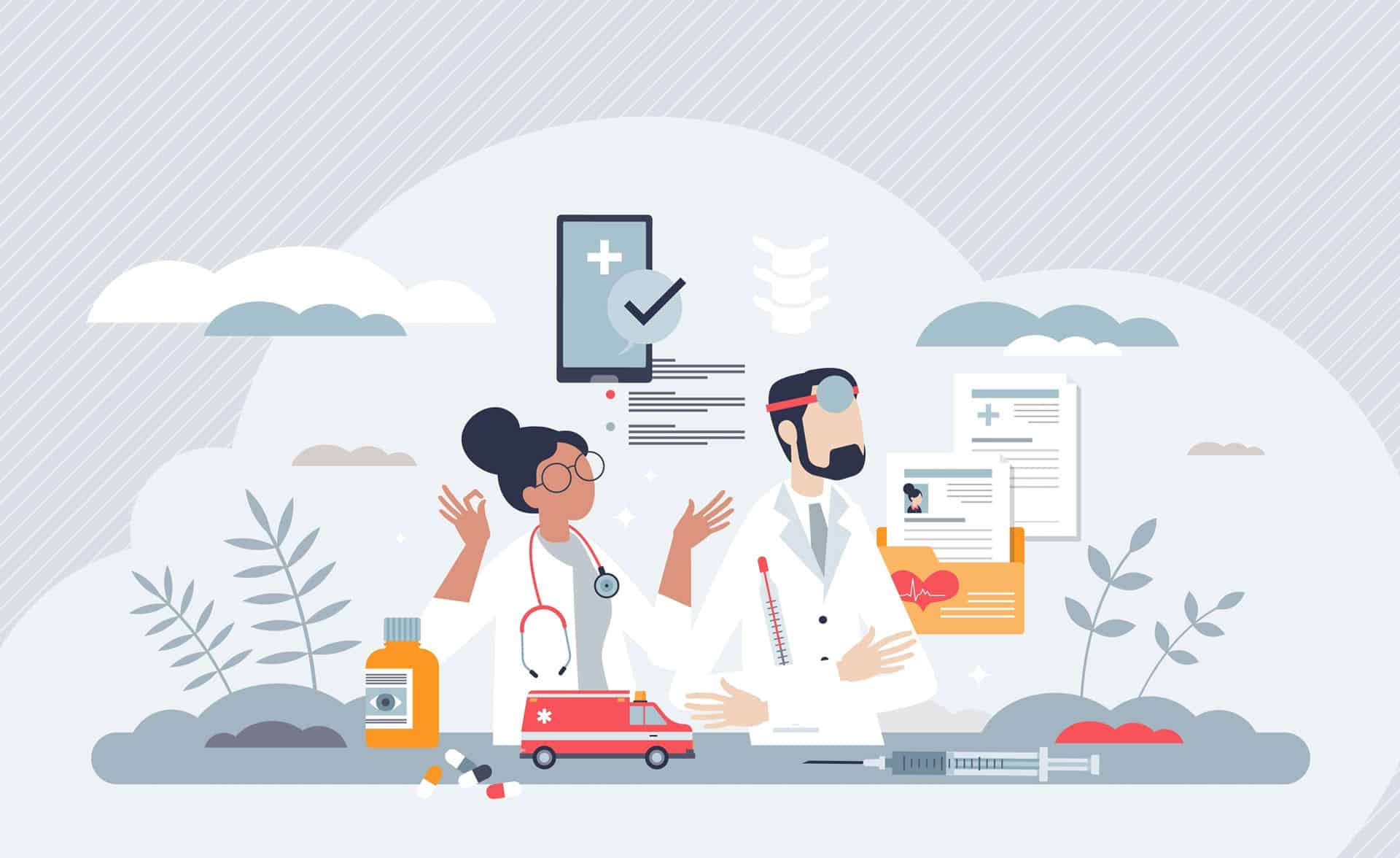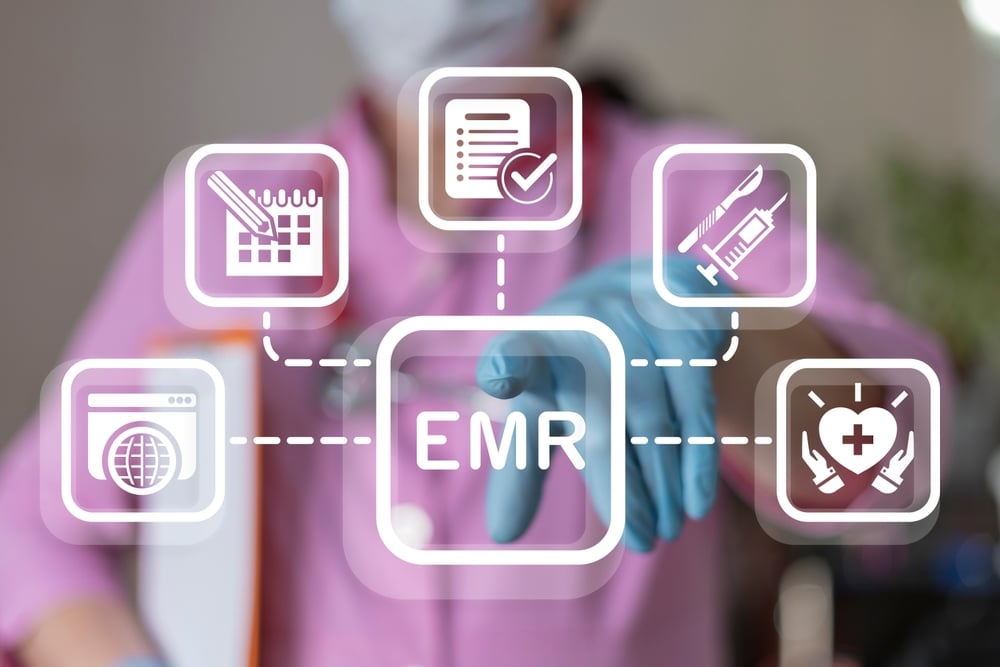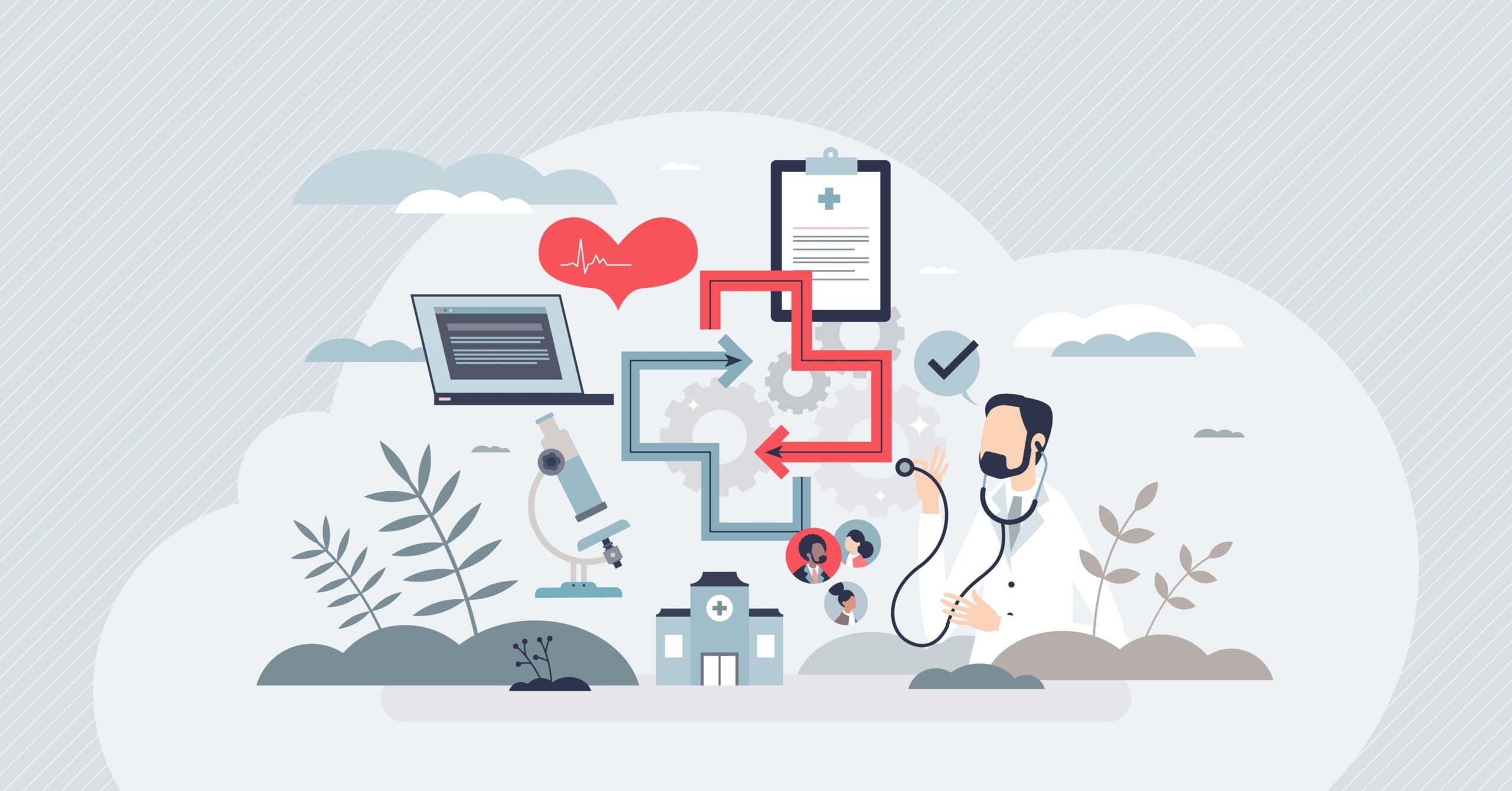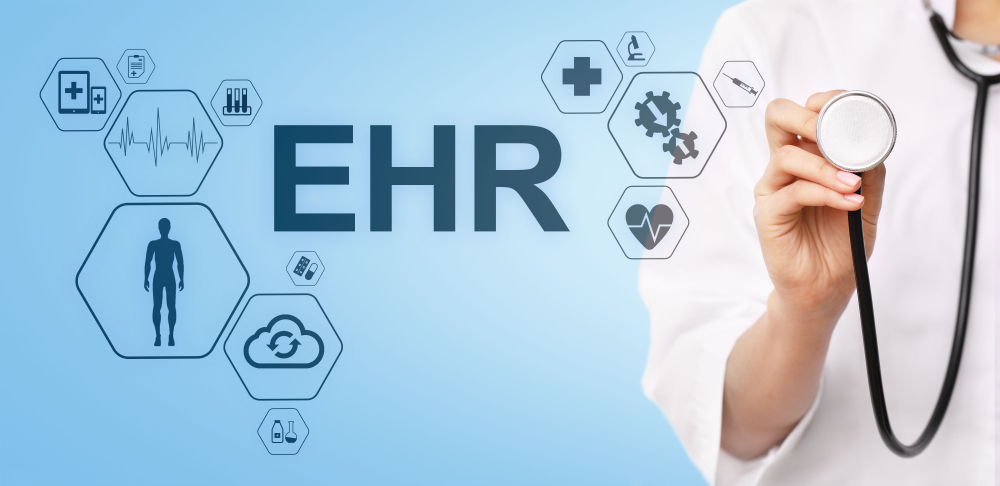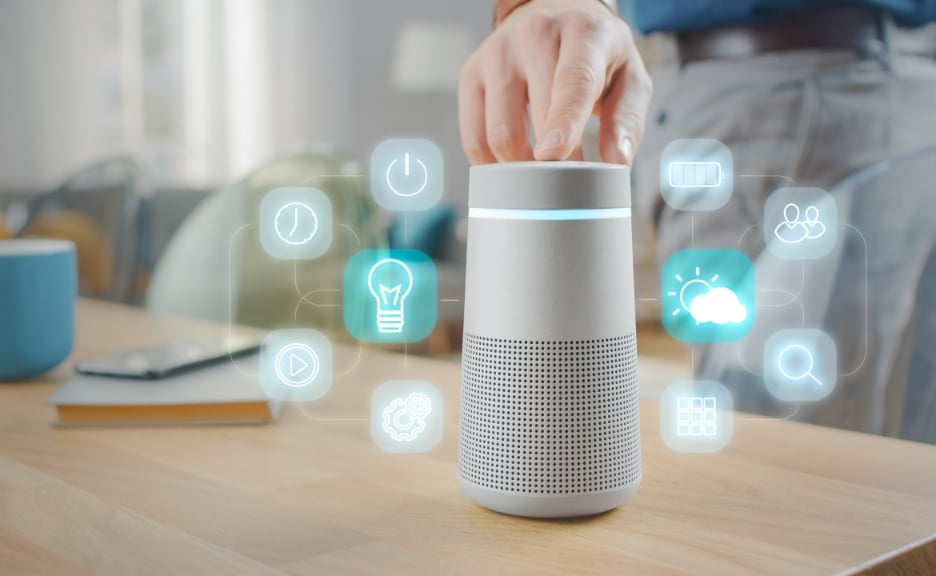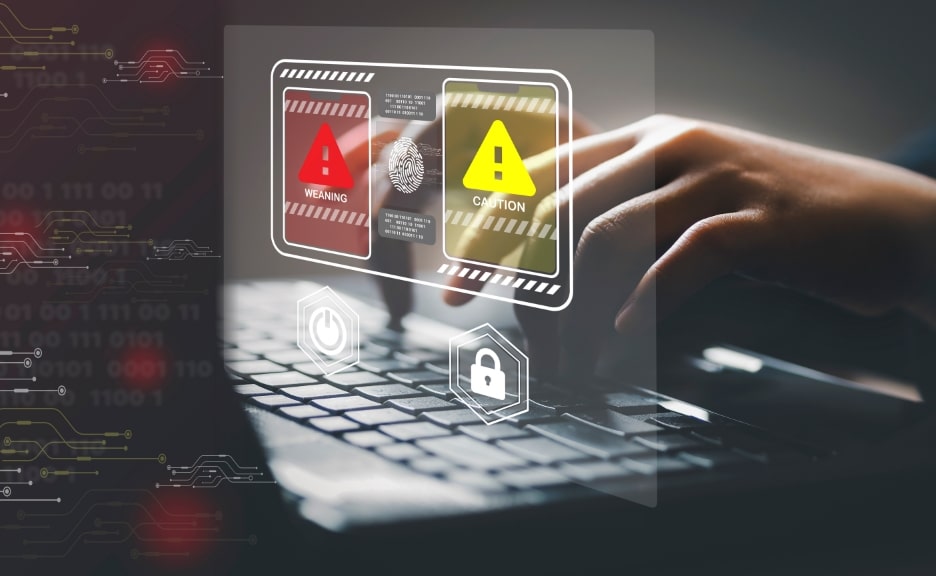Healthcare & Interoperability
Beyond the EHR: How Behavioral Health Teams Are Modernizing Intake and Referrals

You’re a community counselor with a high-risk individual in your office. You recognize they need substance abuse treatment, and that every hour matters. So, you pick up the phone.
And wait. After spending 20 minutes on hold with the treatment facility, you finally fax over the referral form and intake documents. But did it go through? Is it sitting in someone’s inbox? You have no way of knowing. Days later, after multiple follow-up calls, you discover they received it but can’t read the insurance ID number. Now you’re playing phone tag with their intake coordinator while re-faxing forms. Meanwhile, your client, who was ready for help three days ago, is having second thoughts.
This scenario plays out thousands of times daily across behavioral health settings. While EHRs have revolutionized many aspects of clinical documentation, the intake and referral processes that are so critical to the behavioral health care journey remain stubbornly manual, creating dangerous gaps in care continuity. For behavioral health providers already stretched thin, these administrative bottlenecks waste time — and directly impact patient outcomes.
But the tide is turning. Modern digital tools are transforming these critical handoffs, making them faster, more reliable, and far less likely to result in lost referrals. These aren’t replacements for EHRs; they’re targeted solutions that fill the gaps EHRs leave in behavioral health workflows.
In this article, we’ll explore the true cost of broken intake and referral processes, why EHRs alone can’t solve these challenges, and five practical tools you can implement now — without overhauling your entire system.
The Hidden Friction Points in Behavioral Health Referrals
Every day, behavioral health teams navigate a maze of manual processes that turn what should be simple handoffs into hours of administrative burden that slowly erode both provider efficiency and patient engagement.
1. The Data Entry Loop Never Ends
When a referral arrives, intake staff face an exhausting cycle:
- Enter information into the scheduling system
- Re-enter the same data into the EHR
- Fill out separate insurance verification forms
- Update internal tracking spreadsheets
- Copy details onto required state reporting documents
Each reentry introduces the risk of errors while eating up valuable time that could be spent on patient care.
2. Forms Overwhelm Vulnerable Patients
New patient packets routinely run 15-20 pages, asking for the same information in slightly different ways. For someone struggling with depression or substance use, this paper mountain becomes an insurmountable barrier. Those who need help most are often the least equipped to navigate the bureaucracy required to get it.
3. Referrals Vanish Into the Void
A primary care doctor faxes a referral and then faces a communication black hole:
- No confirmation the fax was received
- No visibility into review status
- No updates on patient scheduling
- No feedback loop if issues arise
Without a way to automatically manage and track referrals, referring providers resort to time-consuming follow-up calls while receiving facilities struggle to prioritize incoming referrals.
4. Systems Don’t Talk to Each Other
Even when both referring and receiving facilities have gone digital, their systems rarely communicate. A primary care clinic using Epic can’t send referrals directly to a behavioral health practice on SimplePractice. A community mental health center’s EHR won’t accept electronic referrals from the local hospital system.
Everyone defaults back to fax and phone calls, creating data silos that prevent coordinated care. Providers can’t see if their referred patients ever received treatment, and behavioral health teams can’t access relevant medical history without starting from scratch.
5. Nobody Owns the Process
PCPs hear back on just 21% of mental‑health referrals. Unlike medical referrals with clear protocols, behavioral health referrals often drift in organizational limbo:
- Who confirms receipt?
- Who follows up with no-shows?
- How long should each step take?
- When does a referral “expire”?
Without defined workflows and accountability, patients lose momentum toward treatment while their referrals gather dust. Each friction point represents another opportunity for someone in crisis to fall through the cracks.
The result is a system where the most vulnerable patients face the highest barriers to care. Each friction point represents another opportunity for someone in crisis to fall through the cracks. Yet many providers assume they’re stuck with these problems unless they’re ready for a costly, disruptive system overhaul.
Why the EHR Isn’t Enough
Even for the minority of behavioral health providers who have implemented EHRs (only 6% of mental health facilities and 29% of substance use treatment centers use EHRs, compared to over 80% of general hospitals), the promise of seamless digital workflows often falls short of reality. Yes, these systems handle clinical documentation and billing well, but when it comes to the unique complexities of behavioral health intake and referrals, they miss the mark entirely.
This leaves providers with what feels like an impossible choice: live with broken workflows or face the disruption of replacing everything.
Most electronic health record systems were designed with primary care and hospital settings in mind, environments with predictable workflows and standardized procedures. Behavioral health operates differently. Consider these common scenarios:
- A therapist managing referrals between community agencies, courts, hospitals, and social services discovers their EHR can’t handle multi-directional communication.
- The system generates a referral letter but can’t track whether the receiving facility acknowledged it or scheduled the patient.
- Insurance pre-authorizations unique to mental health benefits require workarounds outside the system.
Even basic intake needs expose these limitations. Standard EHR forms can’t adapt dynamically based on patient responses or automatically route clients to appropriate levels of care. They weren’t built for the complex screening tools behavioral health requires — PHQ-9s, CAGE assessments, and trauma screenings that branch based on answers.
Staff end up maintaining paper checklists alongside their digital systems, creating parallel workflows that increase rather than decrease administrative burden.
Behavioral health providers also often operate in silos, using different platforms than their medical counterparts. Even when both sides have EHRs, they rarely communicate effectively. As a result, primary care referrals still arrive as faxes requiring manual entry, defeating the purpose of going digital.
Building a Modern Referral Ecosystem
Forward-thinking behavioral health organizations are implementing targeted digital tools that address specific workflow gaps, without replacing their entire technology infrastructure.
Five Solutions That Transform Referrals Today
- Digital intake platforms enable referrals through web forms and chatbots 24/7 while also streamlining provider-to-provider referrals by standardizing information collection.
- Real-time insurance verification tools eliminate lengthy eligibility calls and prevent surprise denials.
- Centralized dashboards unite referrals from all sources — fax, email, phone, and web — giving teams complete visibility to triage and track.
- Secure messaging networks enable closed-loop referrals with confirmation and status updates between facilities.
- Digital fax solutions convert incoming faxes into searchable digital files, provide delivery confirmation for outgoing faxes, and create a unified inbox where all faxed referrals can be tracked, assigned, and managed electronically, while still working with traditional fax machines.
How Digital Fax Transforms the Referral Experience
Let’s see how digital fax solutions address the exact pain points behavioral health teams face every day, from both sides of the referral process.
When Sending Referrals With eFax Unite™
The counselor faxes to the substance abuse facility as usual. But unlike traditional fax, they immediately receive delivery confirmation. They can track when the document was viewed and by whom. If the facility needs additional information, they can respond directly through the secure platform. The entire exchange is documented and searchable.
When Receiving Referrals With eFax Unite
The substance abuse facility no longer juggles multiple fax machines and paper stacks. All incoming referrals, whether from traditional fax machines, email, or secure messaging, arrive in a unified digital inbox. The intake coordinator can instantly:
- Triage by urgency and assign to appropriate staff
- Search across all referrals to find specific patients
- Track each referral’s status through the intake process
- Respond to referring providers with updates
The beauty of this approach is that only one side needs the digital solution to see immediate benefits. Referring providers can continue using their existing fax machines while receiving facilities gain full digital capabilities. No one has to wait for the entire ecosystem to modernize.
The Path Forward
The intake and referral problems plaguing behavioral health represent real people in crisis unable to access care when they need it most. Lost referrals, redundant data entry, and communication breakdowns create barriers that keep vulnerable patients from getting help.
The good news? You don’t need to overhaul your entire practice to fix these problems. Smart, targeted solutions can eliminate the friction points, from digital intake forms that work 24/7 to secure messaging that ensures referrals never disappear into the void.
For many practices, a practical first step is modernizing faxed referrals. Since fax remains the dominant communication method across behavioral health, a solution like eFax Unite addresses the problem at its source. It immediately eliminates lost documents, creates searchable records, and provides the tracking and visibility teams desperately need. Most importantly, it maintains compatibility with every referral partner, regardless of their technology.
Ready to eliminate lost referrals and reduce your team’s administrative burden? Learn how eFax Unite can transform your intake and referral process, without forcing you to change everything else.





